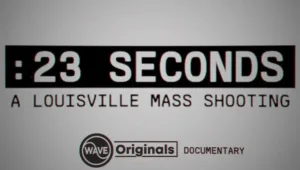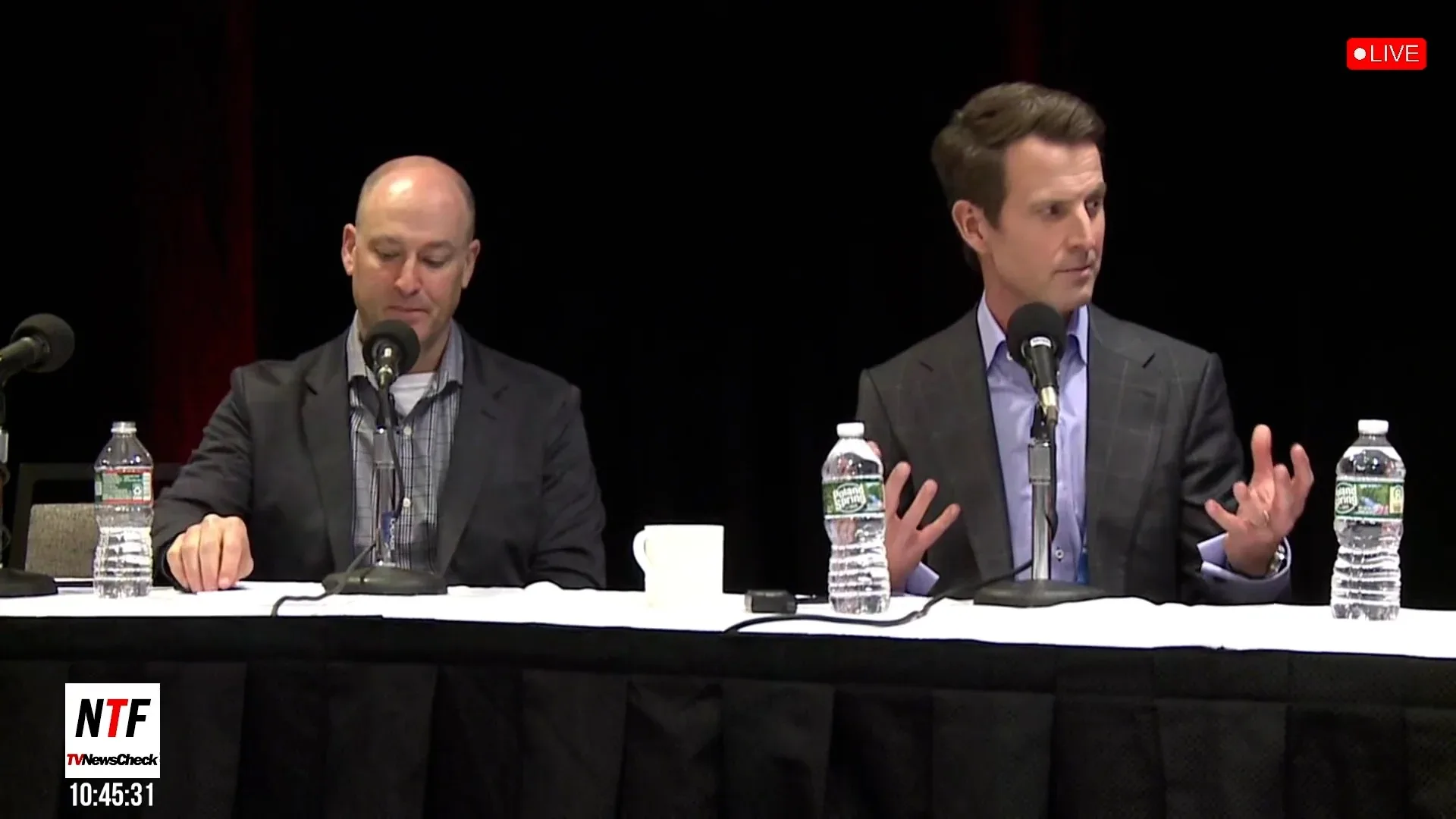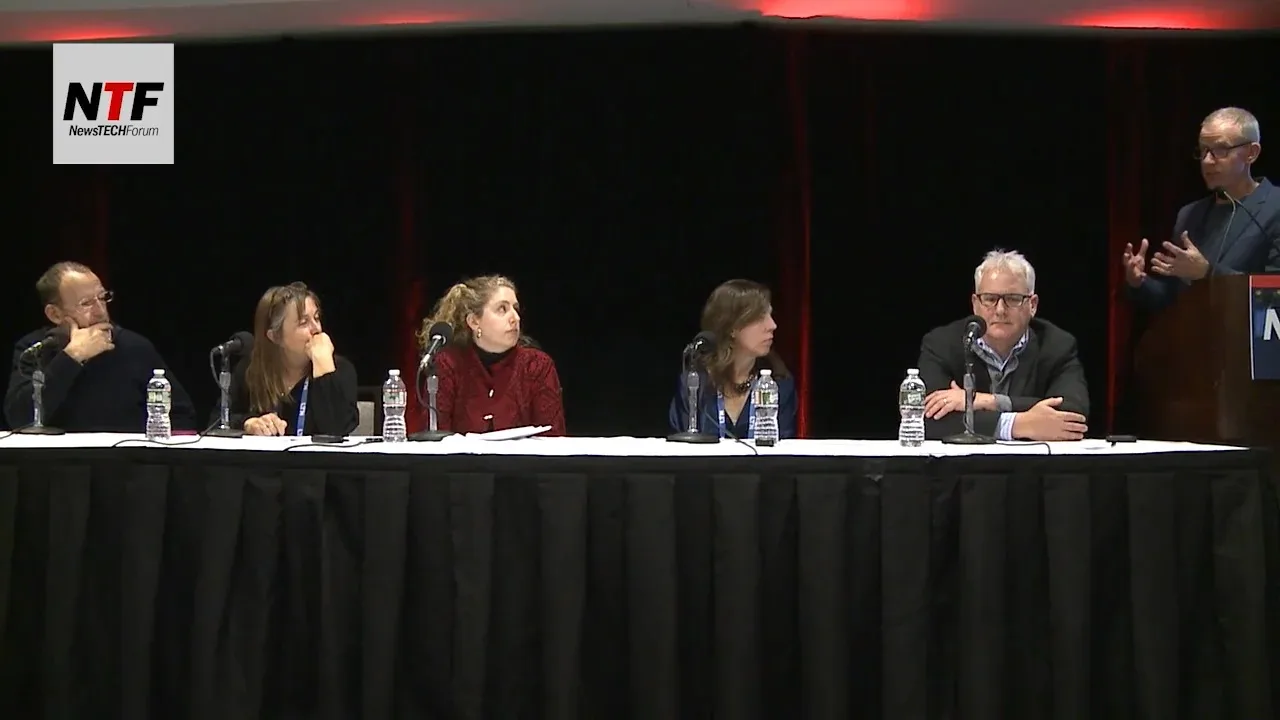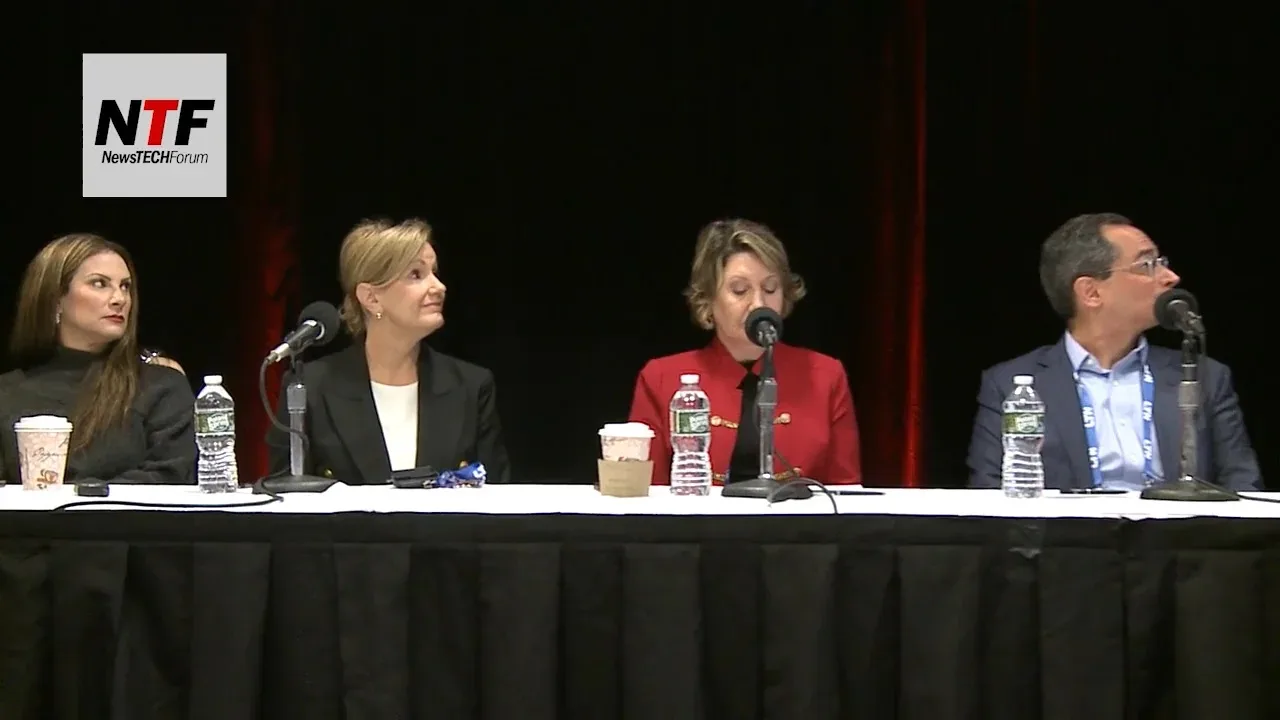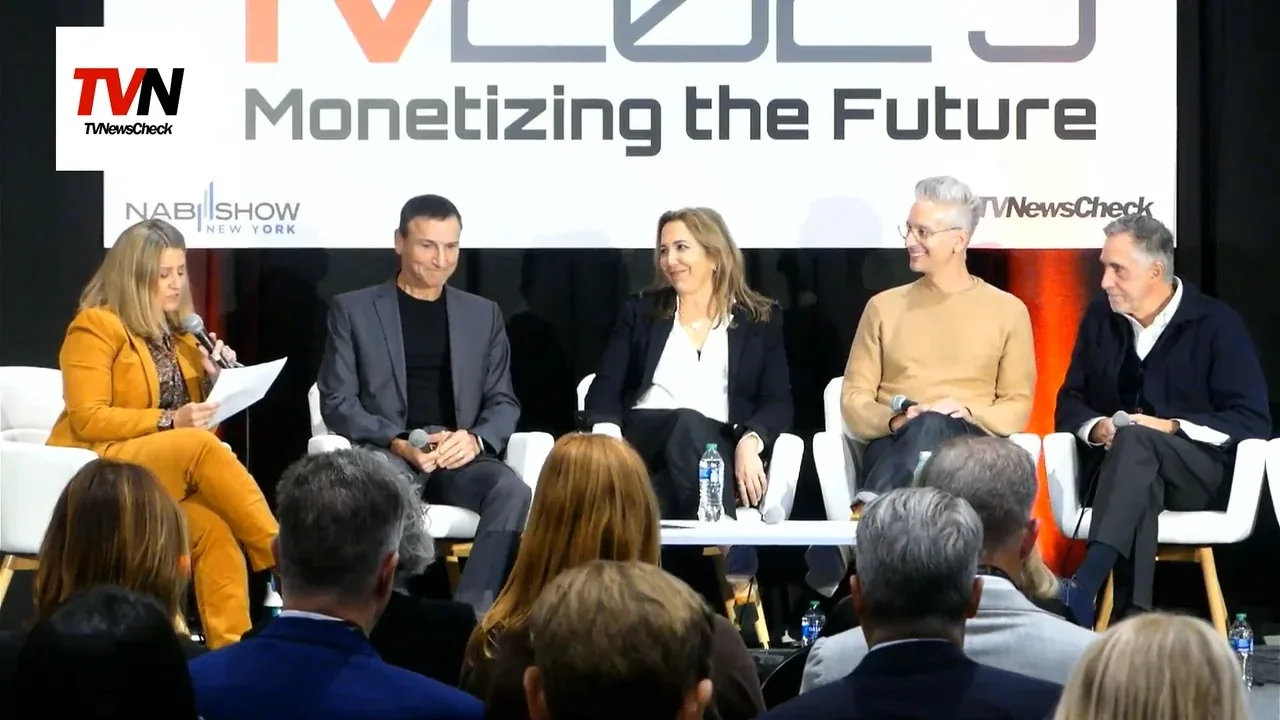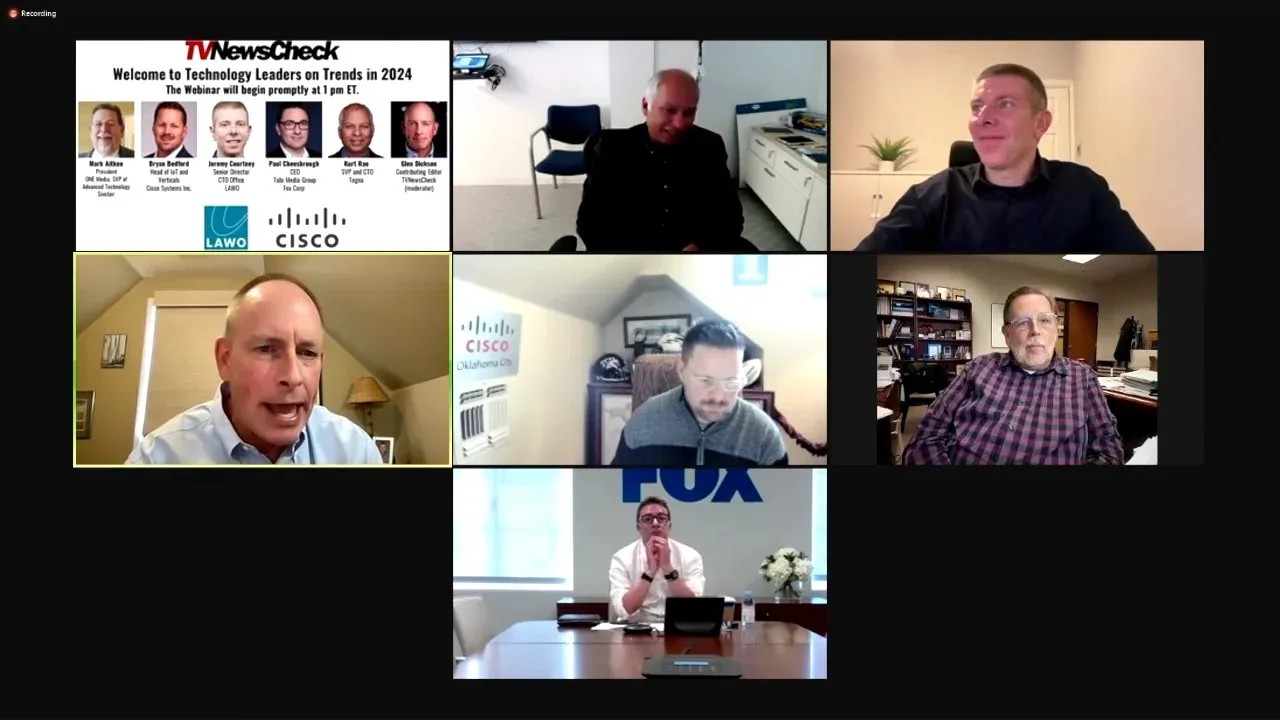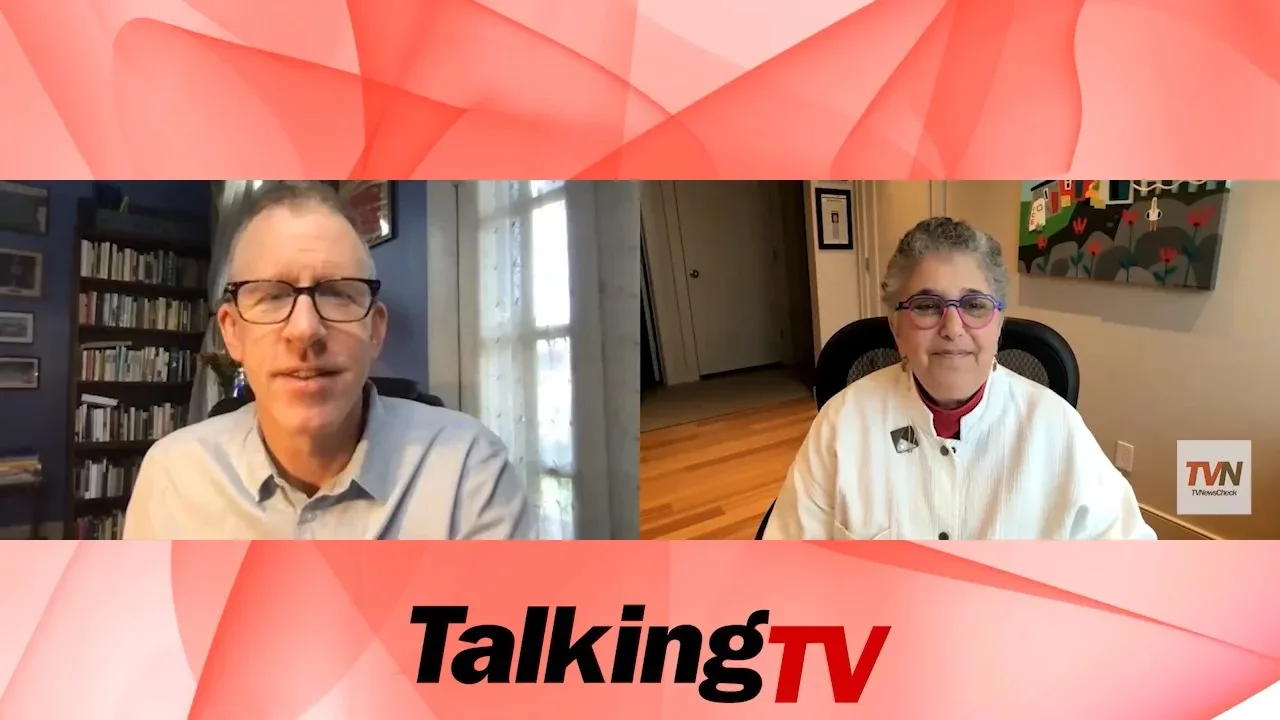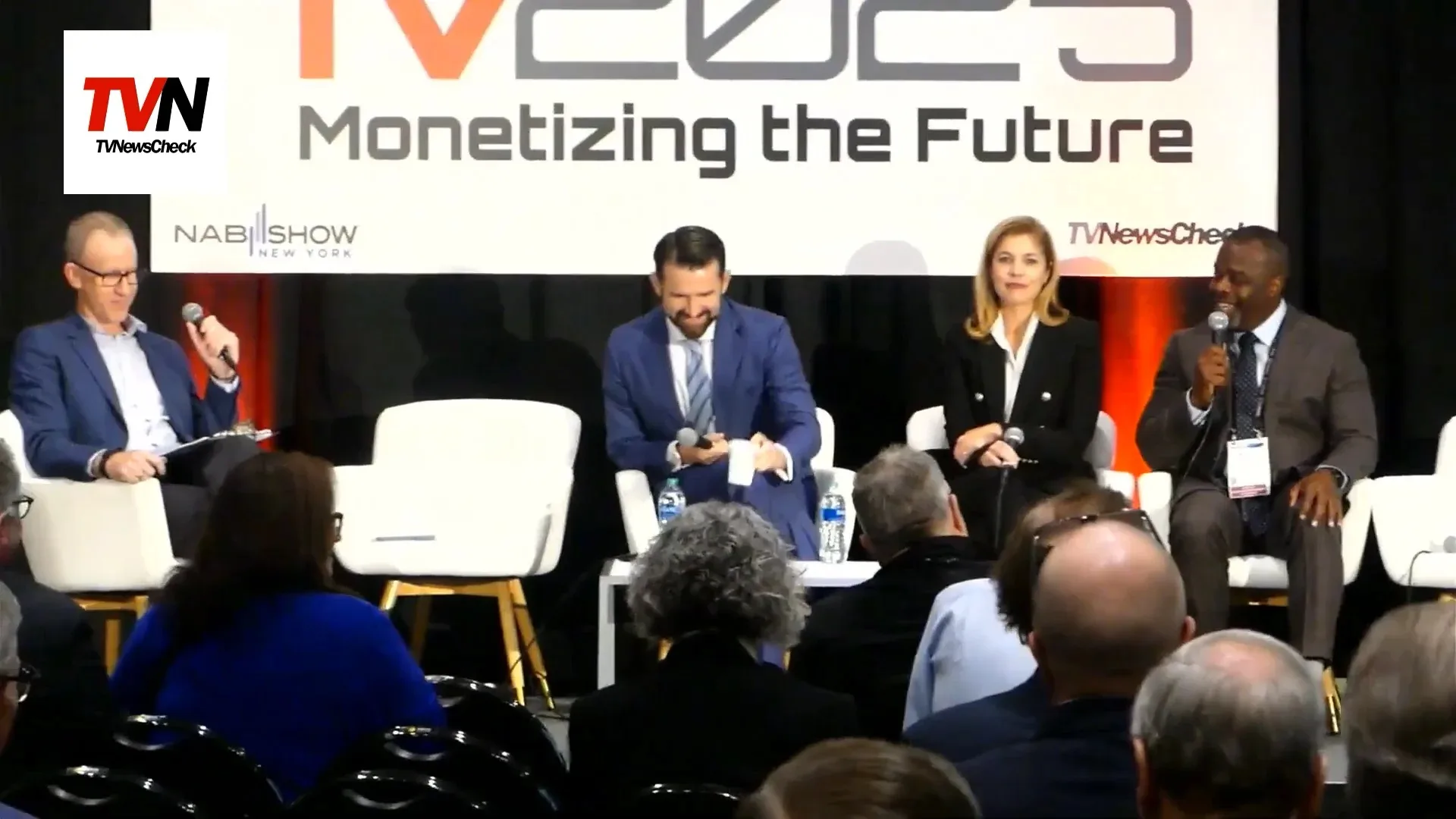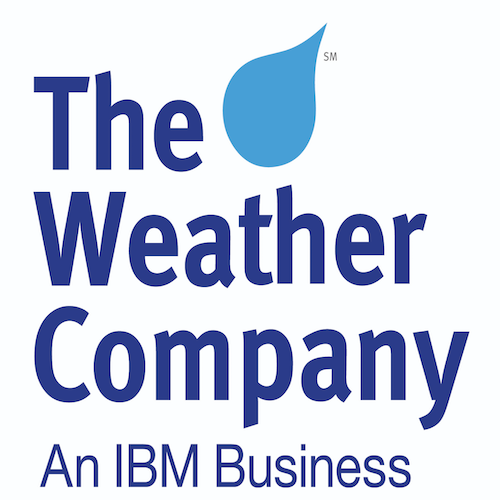Is Social Media Still Important For Local TV Audience Development?

Creative services directors and marketing managers at stations owned by Hearst, Nexstar, Scripps, Tegna and Morgan Murphy weigh in on how they’re using social media and the results they see.
The Challenges Facing Local TV Marketers

Local TV news marketers may have one of the toughest jobs in television — getting viewers to watch their traditional linear newscasts on their TV channel. What can work and what can be done to stop the drain?
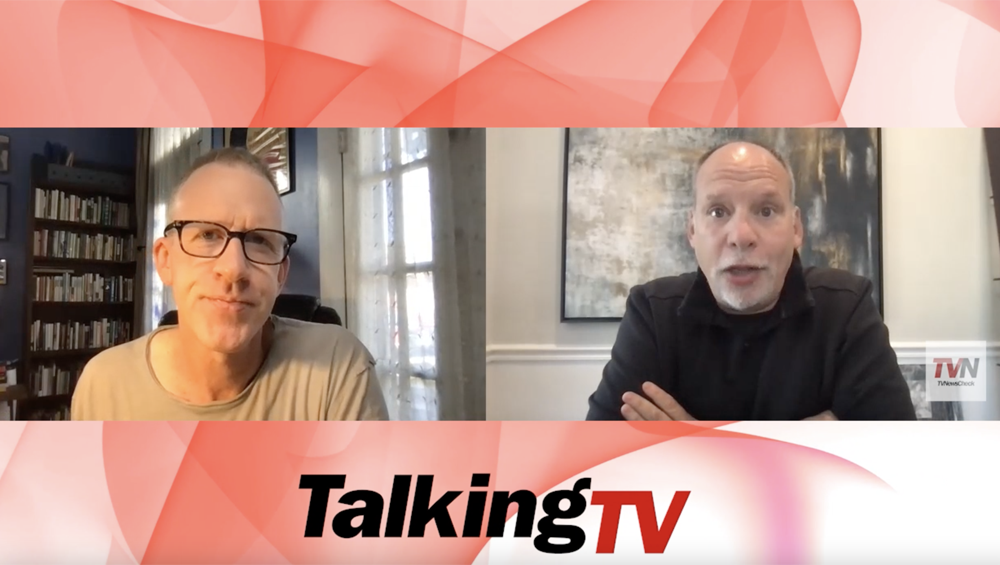
True crime podcasts tap a deep line into audiences’ psyches and have great potential for local TV news in both audio and video forms, says Scott Weinberger, co-host and creator of the Anatomy of a Murder podcast and executive producer/creator of Discovery ID’s On the Case with Paula Zahn. He talks with TVNewsCheck’s Michael Depp about how to do them right. A full transcript of the conversation is included.

Simply put, they’re still good businesses. “Local TV still has large audiences,” says James Goss, managing director of Barrington Research and a veteran broadcast analyst. “Even with so much programming chasing [audiences], there’s only so many hours in the day. The strength of local stations that produce local news, weather and sports is that this is the kind of thing that is very personal to people. Even if they have Netflix and Amazon and Hulu, viewers still want their local stations.”
The Price Point | The Television Programming Stream Narrows

Everyone who is anyone is now in the streaming business, including the traditional over-the-air networks. Late entrant NBC was so eager for a piece of the pie it was willing to anger its affiliate body by moving some first plays to Peacock. This has damaged an already fragile relationship. Brand is what strong local television stations do best. Whatever the future may bring, their unique relationship with local audiences is an advantage no other form or media can claim.
How To Recruit During A Global Pandemic

The coronavirus has upended every aspect of the local television business, but it needn’t completely freeze hiring efforts.

Local broadcasters can now supply advertisers with real-time local TV ad campaign analytics, fast attribution reporting and TV audience extension across digital devices.
WCIU’s New Year’s Eve Special Is Chicago Funny
The Digital Resurrection Of Ron Burgundy
 We’ve all heard the death knell warnings from the likes of Mary Meeker about the tectonic shifts in consumer media consumption away from TV to mobile, and the clanking sword slices of the cord cutters. I’m here to present a contrarian view that TV is not dead, and that in fact, the local broadcast market is arguably the largest overlooked opportunity in digital today.
We’ve all heard the death knell warnings from the likes of Mary Meeker about the tectonic shifts in consumer media consumption away from TV to mobile, and the clanking sword slices of the cord cutters. I’m here to present a contrarian view that TV is not dead, and that in fact, the local broadcast market is arguably the largest overlooked opportunity in digital today.
Political Ads Keep Saving Local TV
 Thanks in large part to the campaign spending flood unleashed in 2010 by the Supreme Court’s landmark Citizens United ruling and the D.C. Circuit Court of Appeals’ SpeechNOW.org decision, local broadcast television remains that rare legacy media business where things are still looking up. The key reason why political advertisers have stayed so loyal to TV while other advertisers have been straying has to do with the target demographic.
Thanks in large part to the campaign spending flood unleashed in 2010 by the Supreme Court’s landmark Citizens United ruling and the D.C. Circuit Court of Appeals’ SpeechNOW.org decision, local broadcast television remains that rare legacy media business where things are still looking up. The key reason why political advertisers have stayed so loyal to TV while other advertisers have been straying has to do with the target demographic.
Station Group Heads Discuss Local TV Health
Two of the panel discussions at the NYC Television Week event focused on local TV. While the panel with Peter Liguori, president and CEO of Tribune Co., was held earlier than the lunchtime discussion with Valari Staab, president of NBC owned stations and Rebecca Campbell, president of ABC owned stations, much of the discussion revolved around the health of local stations.
Local Television Is A Smart Business Bet
The pace of consolidation in local TV is accelerating. Why? Simply put, the future looks promising for this healthy sector. The major reasons behind the bright outlook of the local television landscape are threefold.
Newspapers: A Cautionary Tale For Local TV
 The parallels between TV stations today and newspapers in 2005 should be heeded by local TV executives. The trends are equally troubling and there is much they can learn from newspapers’ experience and response. Clearly, audience and advertisers are moving to digital platforms. But TV stations confront the same challenges as newspapers: digital is returning significantly less revenue than the core product and advertisers don’t yet know how to effectively buy across media channels.
The parallels between TV stations today and newspapers in 2005 should be heeded by local TV executives. The trends are equally troubling and there is much they can learn from newspapers’ experience and response. Clearly, audience and advertisers are moving to digital platforms. But TV stations confront the same challenges as newspapers: digital is returning significantly less revenue than the core product and advertisers don’t yet know how to effectively buy across media channels.
Local television remains a good business, but most station execs agree that tough, uncertain times lie ahead. As we enter 2013, it’s the ideal opportunity for TV station groups to make bold moves to invest in future growth — or just protect the current bottom line. Here’sa look at the top three.
Local TV LLC’s KFOR (NBC) Oklahoma City says it is at an impasse with MSO Cable One over retransmission consent and may disappear from the MSO’s systems in the Ada, Okla., area as of New Year’s Day.
MMA CEO: Mobile Missing Link For Marketers
Mobile Marketing Association CEO Greg Stuart noted that right now there are 1.5 billion computers, along with 1.8 billion smartphones and 5.5 billion cellphones, and said “Mobile is the missing link for marketers.”
Local TV’s Big Challenge For 2011
Local TV should focus on one thing next year: create compelling, original video programming that works for on-demand viewing just as well as it works for linear TV. Unique local programming with a longer shelf-life that people will share via social media.
With newspapers bleeding jobs, TV stations in many markets now have more journalists on staff, combined, than the major daily newspaper. And as the world of network and syndicated programming becomes more clouded, local TV stations will ramp up production of new local programming — across multiple platforms — to fill the gaps.
Local advertising is getting more attention, particularly as smaller marketers — and national advertisers seeking to spend more heavily in specific regions and in smaller communities — have grown more sophisticated. They are more eager to test out video advertising rather than relying entirely on direct mail, Yellow Pages and local newspapers.
Finding a way to deploy set-top-box data has become so urgent for local broadcasters that a consortium prompted by the TVB is launching its own feasibility study.
For TV viewers, this cutthroat election year is a riot of attack ads and media saturation made possible by big-money donors. For TV stations, it’s a stimulus package.One research group expects TV political spending to hit a record $3 billion, and the windfall may continue well past Election Day because regular advertisers are getting squeezed out of the schedule and could spend their ad budgets later.


